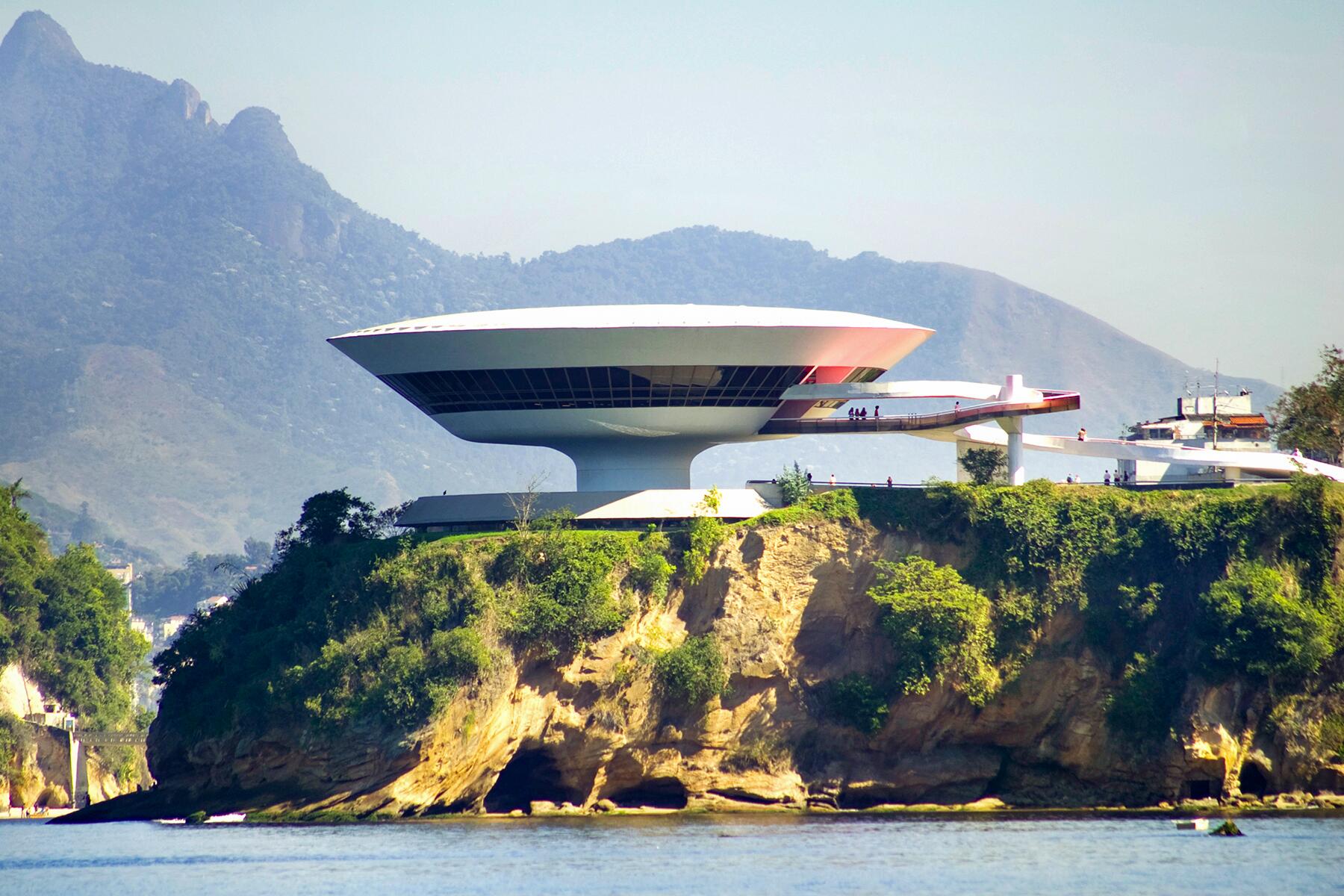Oscar Niemeyer was a giant in the world of modernist architecture, but he did not just create sculptural edifices made of reinforced concrete and glass—he created alternate universes.
Born in the hillside district of Rio de Janeiro in the early 20th century, and for many years under the tutelage of modernist architect Le Corbusier, Oscar Niemeyer was to architecture what the first artificial satellite Sputnik was to space: a pioneer, a breaker of frontiers, and full of a utopian daring for form and ethos the likes of which the world had not yet seen.
Maybe it was the undulating shape of his line, so reminiscent of nature’s silhouette, that drove his acolytes mad with worship. Or the biomorphic tilt of his structures that made them feel their earthly insignificance. Whatever the case, walking through the sinuous sprawl of the space between those ethereal slabs of cement feels like being plucked from the comfort of your couch and catapulted into science fiction. Like Space-Age Pop music manifest. Like everything the future wanted to be, but couldn’t quite manage to become. Stretching from Brasilia to Paris, this is the weird and wonderful world of Niemeyer.




